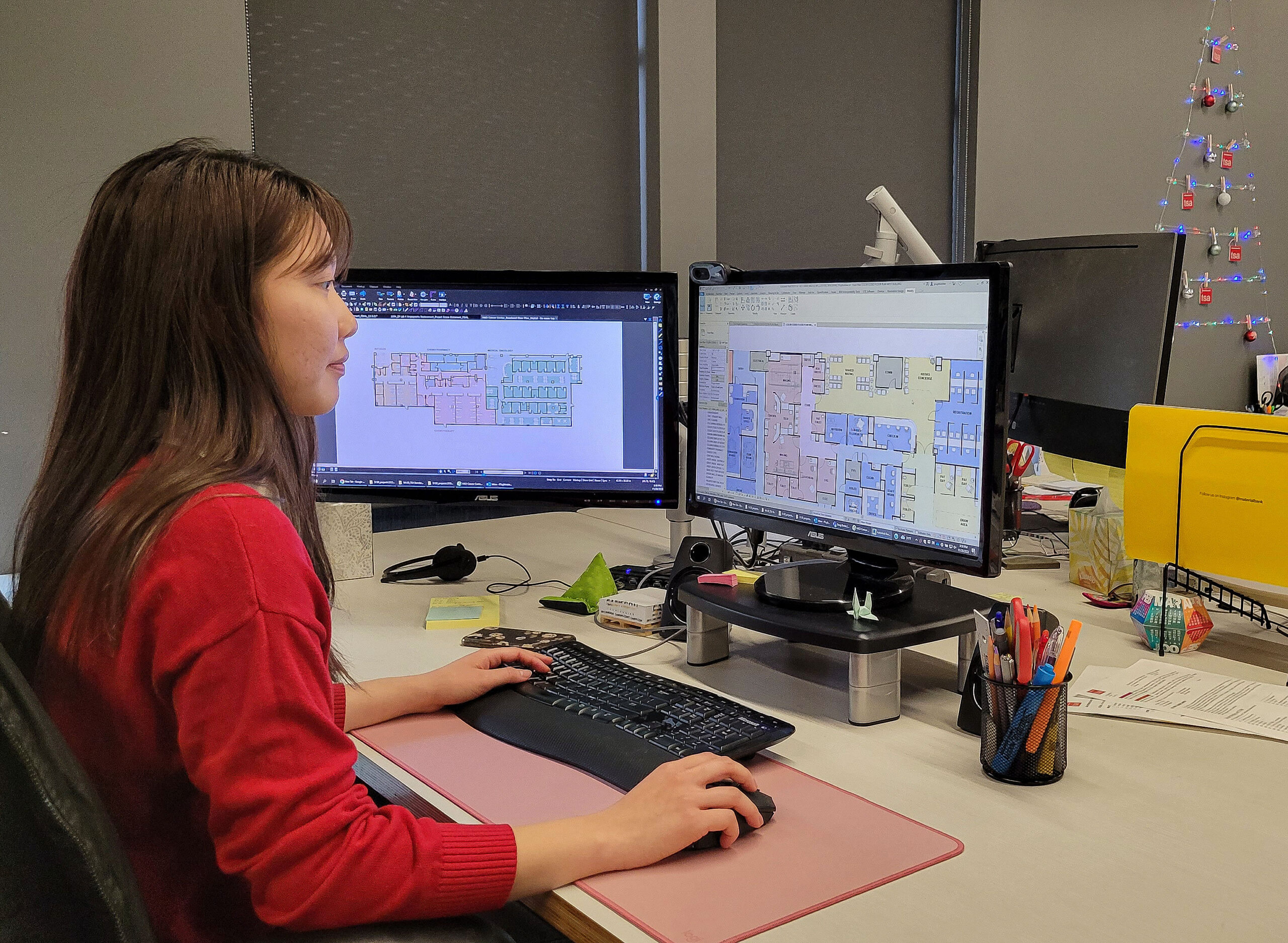

3 Life Lessons Learned in Architecture School
By Pamika Sujitkiddee
Throughout four years of sleepless nights in architecture school, I learned drafting, drawing, and designing. These are undeniably valuable and applicable to any of my dream careers. I also value all of the hard work, dedication, and friendships. But above all, I value the life lessons I learned in architecture school.
Lesson 1: Failure
One semester in, I wanted to give up because no one ever told me that architecture school normalized failure. Many disciplines teach people to solve the problems presented, but architecture students learn by creating problems and making mistakes, we learn by finding flaws in the “perfect design”—to improve and create an even better result. We are set up to struggle, be disappointed, and in short, fail. We learn by taking the wrong paths and are taught to let go of many good ideas to find a better one. We are pressured and pushed out of our comfort zone to explore other possibilities.
Through several failed attempts, I realized that my good ideas are not always the best ideas. I learned that failure does not equal starting from zero, but instead means I am clearing the wrong paths out of my way. I learned to fail fast, so I can move on quickly because, in the professional world, mistakes have a price.
Lesson 2: Accepting Criticism
Toward the end of any school project, my emotions always feel like a roller coaster ride; exhaustion from all-nighters trying to execute complicated ideas, relief and pride to see the product of months of hard work, and sometimes disappointment when the responses are not as expected on the final day. But this rollercoaster of emotions had to happen for me to learn how to be accepting of criticism. I believe that one of the core principles of architecture school is the critique culture. Through many harsh critique sessions, I learned to see the positive in the negative and to recognize the value of different perspectives.
I learned to expect an unexpected result and to shift my perspective about negative comments—from viewing them as being against my project to seeing them as improving my project. By stepping back, I was able to listen to critiques and focus on constructive criticism to improve myself and my project without self-judging and pressuring myself. Realizing everyone’s different experiences equal different points of view and taking that into consideration to create new solutions will produce better results. Architects have a point of view as architects, doctors have a point of view as doctors, and patients have a point of view as patients. The more points of view looking into the project, the more possibilities we are going to see based on our experiences. This means more solutions will be needed to create the best possible product. I believe that the level of satisfaction from the users best measures the success of the project.
Lesson 3: Teamwork
Architecture students practice mostly on individual projects, which might be the best way to pull out the unique talents of each individual but we can forget that, in the professional world, we will rarely be working alone. Having control over all the curves and corners in every design step is ideal but not a realistic practice after school. I’ve noticed that the amount of control over a project is the biggest difference between the school and working environments. While many students avoid conflicts by not working in a team, I think it was the most valuable lesson I learned from school. Since we cannot work alone, conflict is unavoidable, but it can be controllable. I believe that we can control conflict by communicating clearly and using a lot of patience.
Working in a team not only allows me to accomplish more but also pushes me to explore beyond my comfort zone by sharing ideas and beliefs. Working in a firm, I can see a high level of teamwork and coordination in every project, and I do believe that working with a good team will lead to a project better than any individual can create on their own.
I hope that I will never stop learning from the challenges I have to face. For my current stage of life—gaining new experience with TSA Architects—it is important to have understanding and patient coworkers who can help me learn and improve myself using the lessons I learned from architecture school. I am expecting to learn and excited to learn new valuable life lessons with wise and wonderful colleagues.
